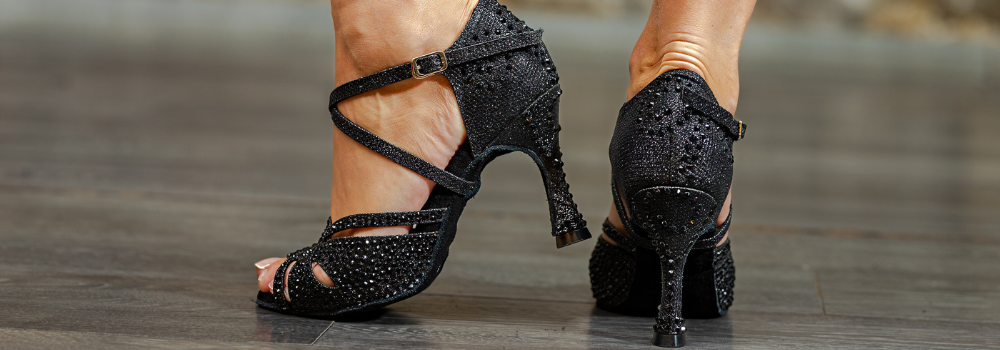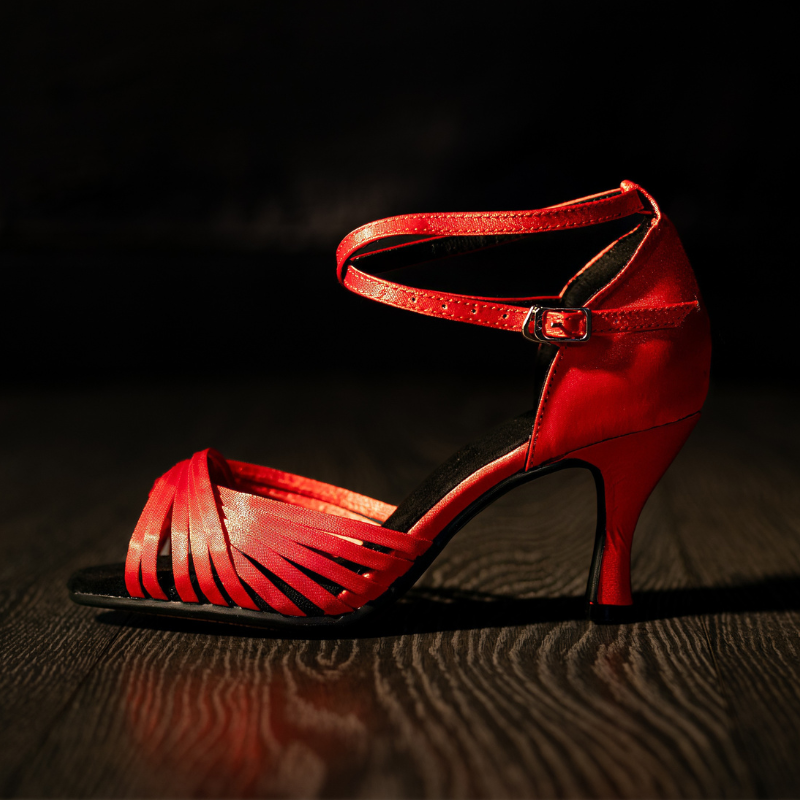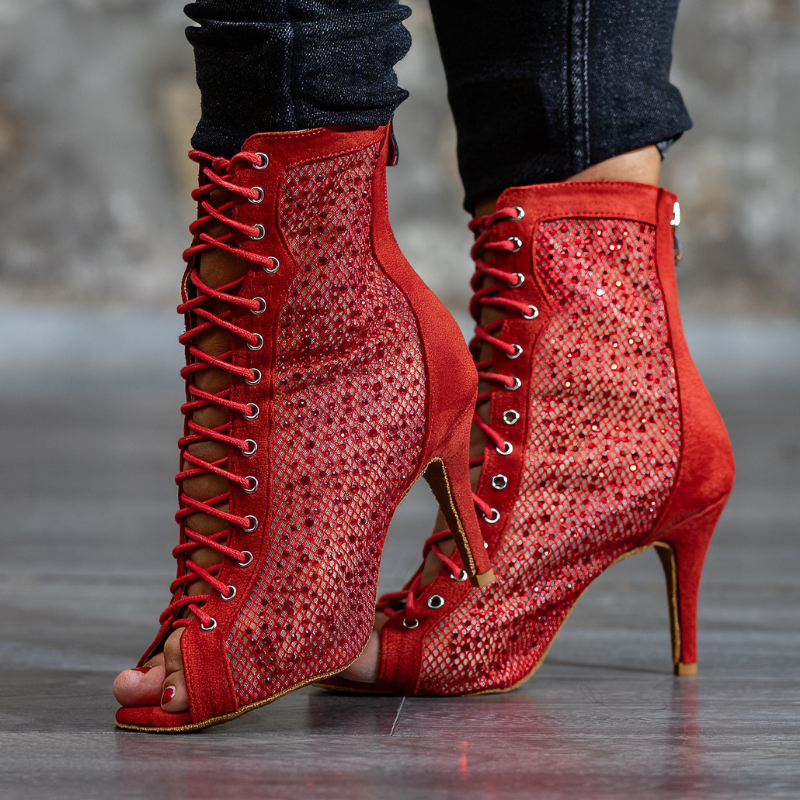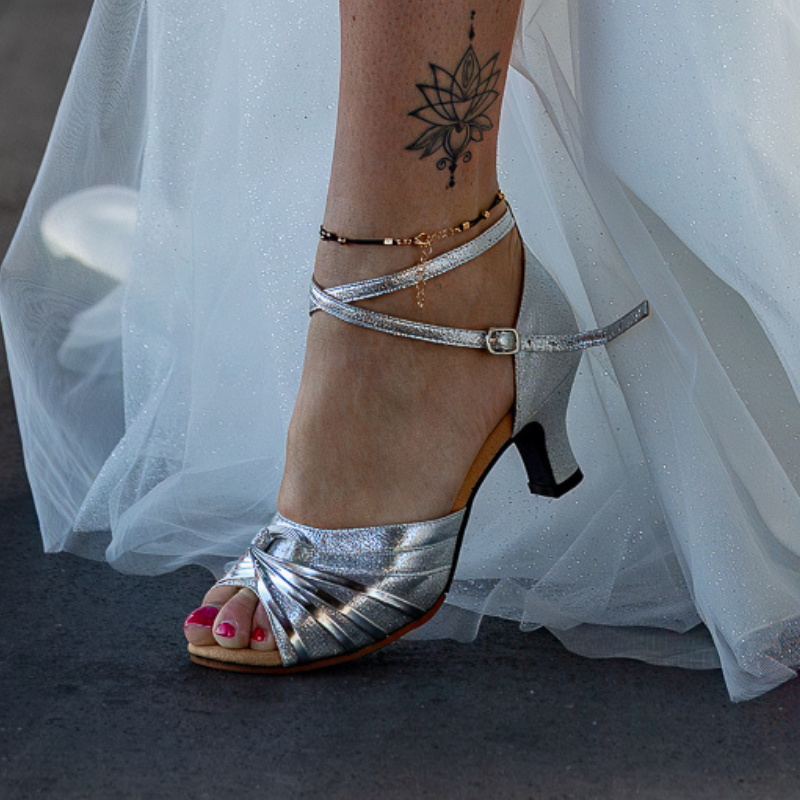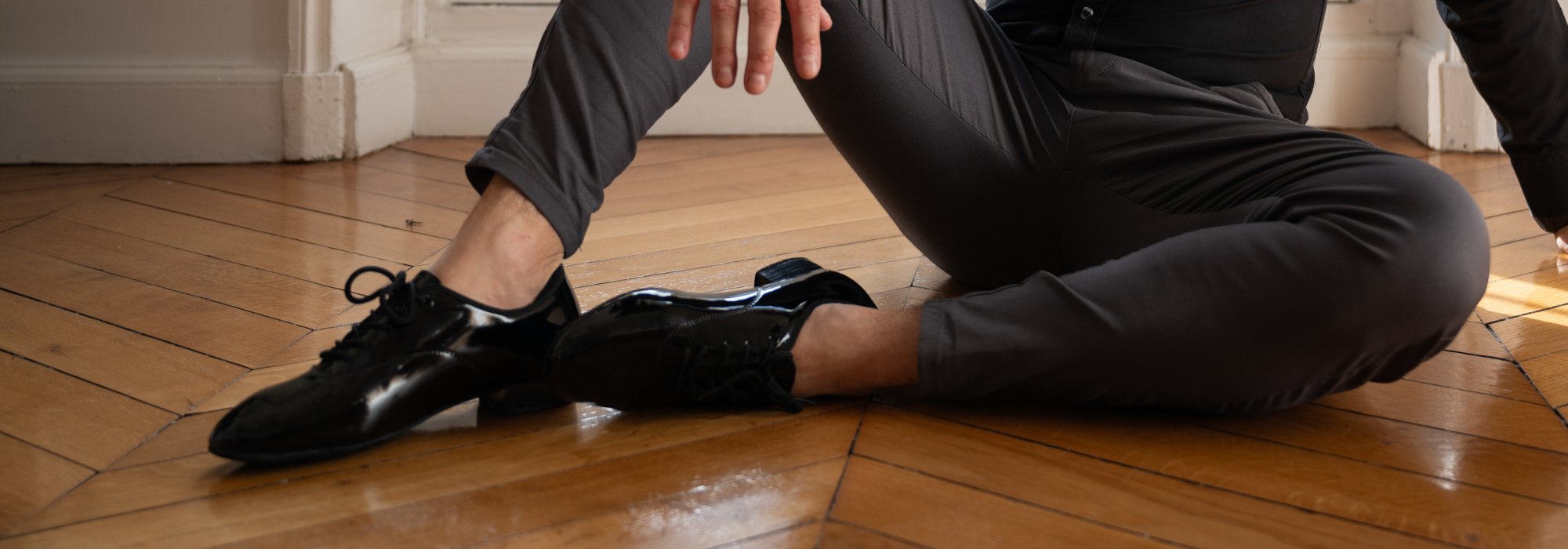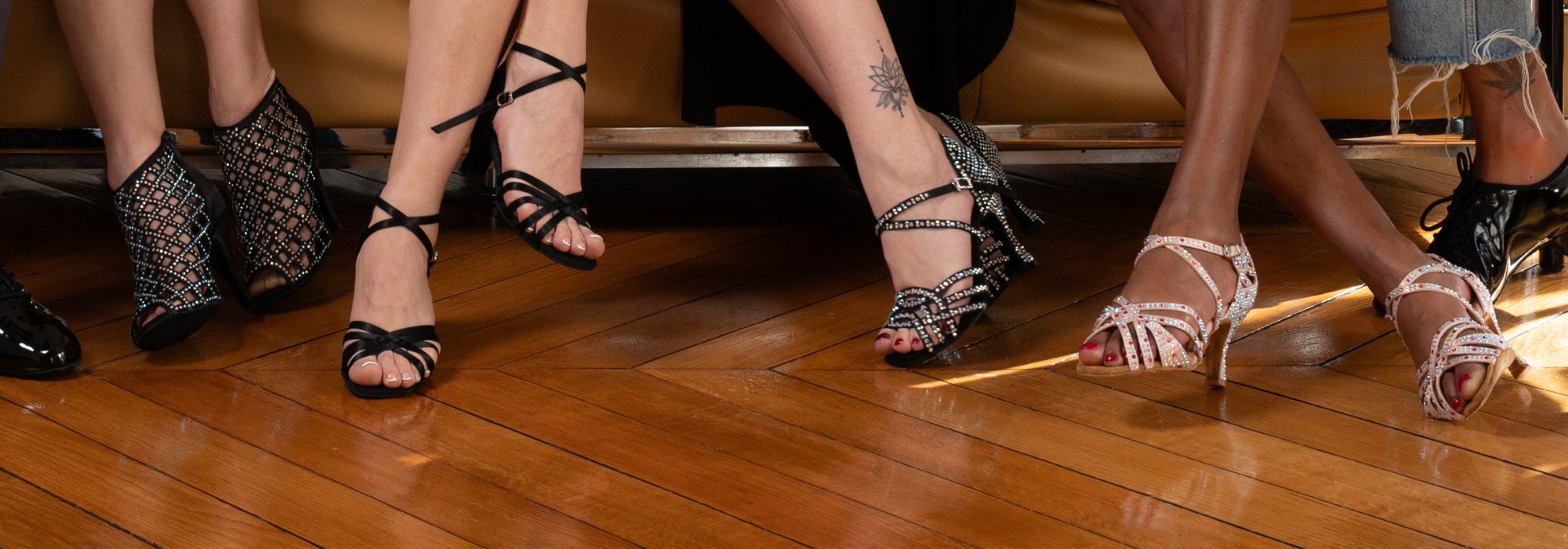What shoes to dance choreographies in Heels?
When the first music beats cross you and a choreography in Heels comes to life, each movement becomes a declaration of style and power. But to fully express your personality on the track, you need the right ally: the Heels shoes. Choosing the ideal pair is not trivial. Between height, stability, maintenance, and the essential glam touch, the smallest detail shapes your feelings and your expression. How to avoid missteps and reveal your potential in each leg game? This article guides you, step by step, towards the perfect heels for dancing, shining and flying to your next Heels sessions. Dare to grant your subtle balance between technique and flamboyance!
Understand the specificity of choreographies in Heels
Between female power and body expression

Heels choreographies are not just about dancing in high heels: it is a body language imbued with trust, sensuality and audacity. The shoe you wear becomes an extension of yourself, magnifying each posture and each displacement.
- Heels specially designed for dance offer more support than a classic city shoe
- Attention is focused on security and freedom of movement
- Expressing your personality is done through elegant, stylish and suitable lines
From studio to scene: technical requirements
Whether you work a choré at home in front of the mirror or prepare a scene, your shoes must meet several essential criteria. Stability is essential for pivots, descents on my knees and weight transfers typical of the Heels. While sublimating your silhouette, the best heels choreography heels allow you to cross the track with confidence.
The ideal height: find the right balance
What height to choose for heels choreographies?

The height of the heel influences your posture, your balance, and the feeling of each movement. To start or perform, target the 7 to 9 cm is ideal: it's enough to lengthen the leg, but not too much to preserve your stability.
- Beginner: Start with 6 to 7 cm to tame the sensation of the heel
- Intermediate or advanced level: opts for 8 to 10 cm depending on your mastery of the center of gravity
- Extreme sensations: some "show" models go up to 12 cm, reserved for experts
Listen to your body
Too high a heel will shoot your camber, you will seek your calves too much and may tire you prematurely. Be attentive to your sensations: the right height is the one that allows you to chain routines without pain or loss of control.
Stability: the key to a fluid and safe dance
The capital role of the width of the heel

Typeted stiletto or wider block heel? The temptation of the fine heel is great, but prudence is essential. A heel with a slightly enlarged base secures you on spins and fast descents.
- Aiguille heel = look but less balance, reserved for controlled figures
- Thick heel or "Cuban" = maximum stability, assured gesture, ideal for learning or long repetitions
- A non -slip sole completes this safety combo
The importance of the footwear
Your shoe should neither slide nor compress. Take the time to adjust the flanges and tighten your ankle well: your foot will be shelved, ready to face its final chorea without fear.
Foot maintenance: the art of wrapping
The choice of bridles and closures

Dancing in Heels is also learning to tame the shoe so that she never becomes an enemy. Privileged models with double crossed straps, T t or rising straps on the ankle which ensure optimal support.
- The laces allow tailor -made adjustment
- A flange in the pitch avoids the front of the foot to slide forward during powerful accents
Focus on the back of the heel
Opens for a buttress closed at the rear to avoid bulbs and form a very stable base. The "boots" or dance boots of heels are perfect in winter or to work the technique.
Expression and glam: reveal the artist in you
Dare color and materials
Heels choreography heels are also the playing field of your scenic identity. The glitter, the patent leather, the colorful satin participate in the aura that you release in the studio as in the scene.
- Money or gold for flamboyant solos
- Classic black enhanced with a glam detail for mysterious passages
- Elegant nude: lengthening the leg, perfect for sober choreographic creations
The accessory, the final touch
A rhinestone, an original attachment or an asymmetrical cut? Do not hesitate to choose a model that tells your own story, because dance is also theater.
Flexibility and comfort: Dance without suffering
Flexibility of the sole
A city heel is not thought of for the tips, arched and twisted dance. Privileged a slightly flexible sole at the front, which accompanies your foot in each technical movement.
- The leather sole slides just what it takes
- The reinforced at the level of the cambarion avoids "folding" the heel during the impulses
Inner pad and cushioning
Investing in a model with cushioning under the arch or in the heel is the promise to avoid burns on intensive practice or during pre-competition intensive training, as you may have already known ...
Adapt your heels to your morphology
The width of the foot counts
Never neglect the choice of width: a fine foot will need an adjusted fit, a wider foot will feel better in a "Wide Fit" cut or a stretch lining.
- Half-breasts and evolutionary models exist: find yours
Heels and leg type
A wider heel balances a muscular leg, while a finer heel will highlight a fine ankle. The main thing is to have confidence in your look: grace starts from there!
Errors to avoid absolutely
Wear city or unpaid heels
Forget everyday pumps for dance! They lack cushioning, flexibility and their sole can make you slip dangerously.
- Increased injury risks
- Bad maintenance = less precision in your figures
Neglect the fittings and resistance
Before investing, always try your pair (or check free feedback!). A shoe may seem sublime but reveal its weaknesses from the first diagonal. Listen to your body and instinct: it never lies.
Take care of your heels choreography heels
Interview after each training
A soft cloth, a light passage on the sole, you extend the life of your favorite pair while preserving their glam and their safety.
- Put them in a pouch or airy box
- Regularly controls heel tips and tightens the flanges
Alternate
Alternating between two pairs keeps the flexibility of the leather and giving respite to your feet. This is the best anti-dowry tip to chain shows or marathon rehearsals!
Where to find the best heels choreography heels?
Salsanueva Shop : the high -end reference
To choose your heels choreography heels, favors a shop specializing in dance and scenic needs. At the house of Salsanueva Shop, each model is selected and tested by dancers and teachers. Comfort rhymes elegantly, and security embraces creativity.
FAQ - Frequent questions
What is the ideal heel height to start choreographies in Heels?
To start, favors a height of 6 to 7 cm. This allows you to work on the technique while ensuring stability and comfort. As you gain in ease, you can consider heights up to 8-10 cm.
How do I know if my heels choreography heels offer enough support?
An adapted shoe marries your foot without compression points, has a secure bridle with ankle or a pitch, and does not slip when you make pivots. A fitting is recommended to validate the maintenance.
What form of heel favor for stability during technical plans?
The block or slightly thick heel is recommended to maximize stability. Fine heels are reserved for style figures or when the technical level allows a great mastery of balance.
Can I wear my city heels for a Heels choreography?
No, city heels are not designed for dance: they lack cushioning, support and the sole may not be non -slip. Always opt for a shoe thought for movement and scene to avoid injuries and slides.
How to preserve the quality and longevity of my dance heels?
Clear them after each use, put them away from light and humidity, and check the condition of the tips and bridles regularly. Do not hesitate to alternate pairs to limit wear.
Are there heels choreography heels for wide morphologies or sensitive feet?
Yes, many models exist in "Wide Fit" version or with extensible materials. Some also have integrated pads to guarantee comfort even during an extended port.
Can we dance different styles (salsa, jazz, cabaret) with the same heels?
Some versatile models adapt to several styles, but each discipline has its particularities. The ideal is to choose a pair adapted to the type of movements and the tempo practiced.
Discover Our HEALELS AVAILABLE shoe models On our online store Salsanueva Shop, Thoughts for demanding dancers.

